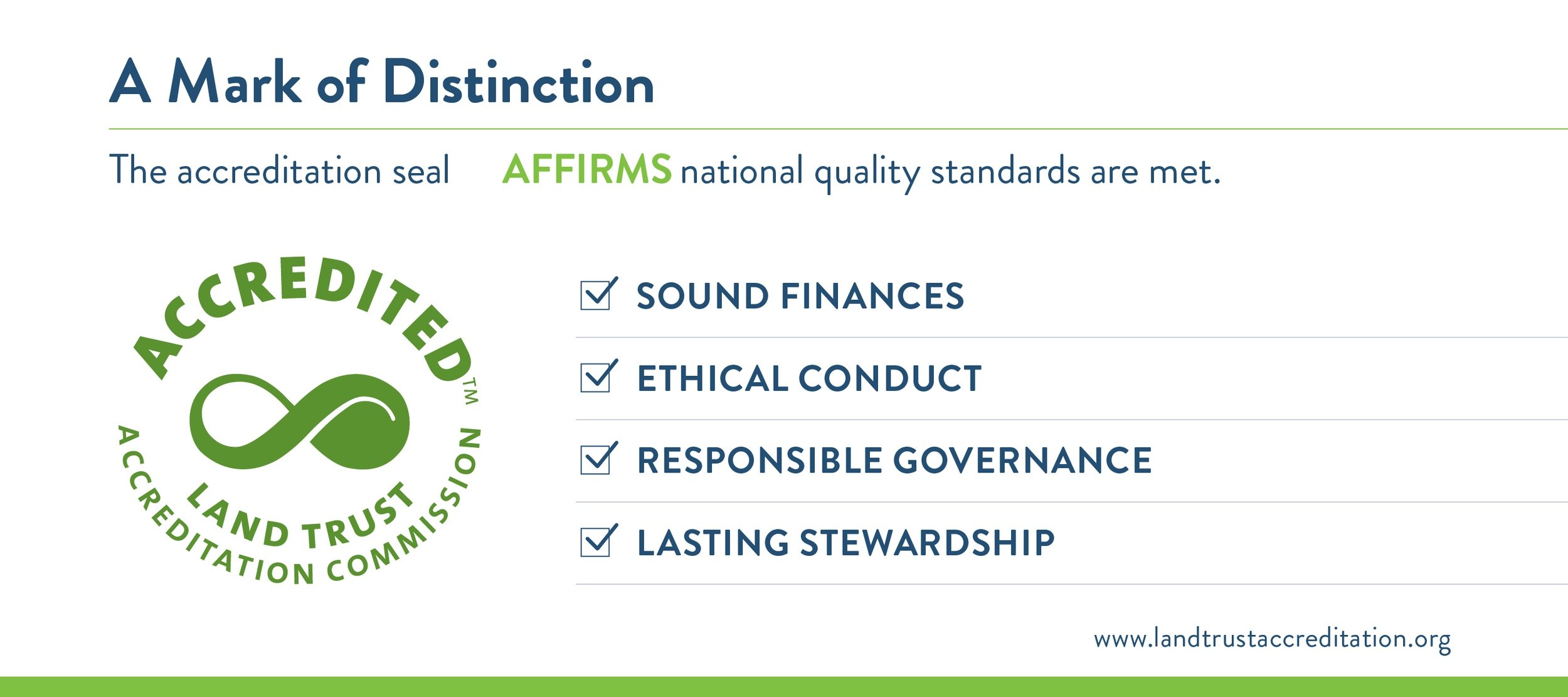Vaughn Branch
A Sanctuary of Natures Beauty
Second Sign - Top of the Vaughn Branch Trail
Description
The forest is within a steep ravine and provides habitat that is scarce in this area. The diversity of trees, the stream with rocky ledges and lower slopes with thick banks of ferns make you forget you’re on the edge of a city. In the spring the wildflower diversity is especially gorgeous.
The Stream
It plays a huge role within the nature preserve’s ecosystem, it functions not only as a water source, but also as a hub for biodiversity, erosion control, and habitat connectivity. Intertwined with forested areas, streams like Vaughn Branch, functions as a vital corridor of life, impacting the health and resilience of the entire ecosystem through diverse ecological contributions.
Fun Fact
Pest plant control is needed before forest quality is threatened by invasive plants like garlic mustard, winter creeper and bush honeysuckle.
Jewelweed
Impatiens capensis
“Its interesting shape, bright orange color, and decorative red-orange flecks make the jewelweed flower irresistible to people and pollinators alike. A self-seeding annual, jewelweed typically grows two to five feet in height. Seedlings sprout in early spring and reach maximum size by August. Flowering begins in mid-summer and continues until frost kills the plant. The fruit is an elongated capsule, which, when ripe, bursts open at the slightest touch.” - Kent Karriker
Southern Two-Lined Salamander
Eurycea cirrigera
“Southern two-lined salamanders are small, reaching only about 6 to 12 cm total length as adults. They can be found in moist environments, like creeks or river swamps, seepages, and hardwood forests, often hiding underneath leaf litter, vegetation, or logs, and in aquatic habitats where fish are absent or rare.” - P. Bartlett
Water Penny Beetle
Psephenus herricki
“If you inspect the underside of a water penny, you will see 6 legs in the thorax region and tiny, feathery gills under the abdomen. Some species are more circular than others; others have slightly elongated bodies. Adults are black or brown, oval, flattened beetles, usually wider at the hind end than in the front.” - Missouri Department of Conservation





